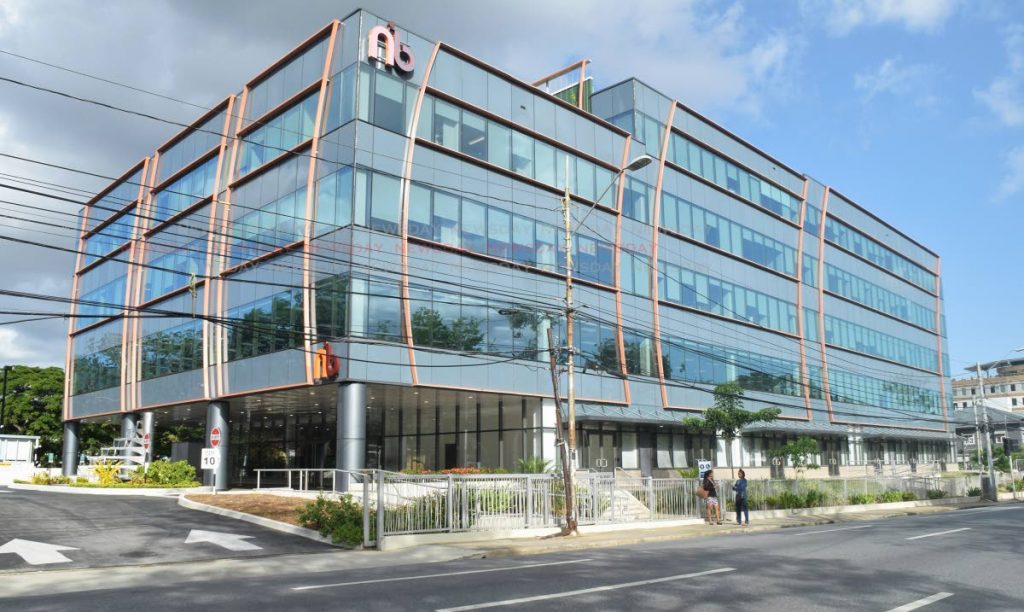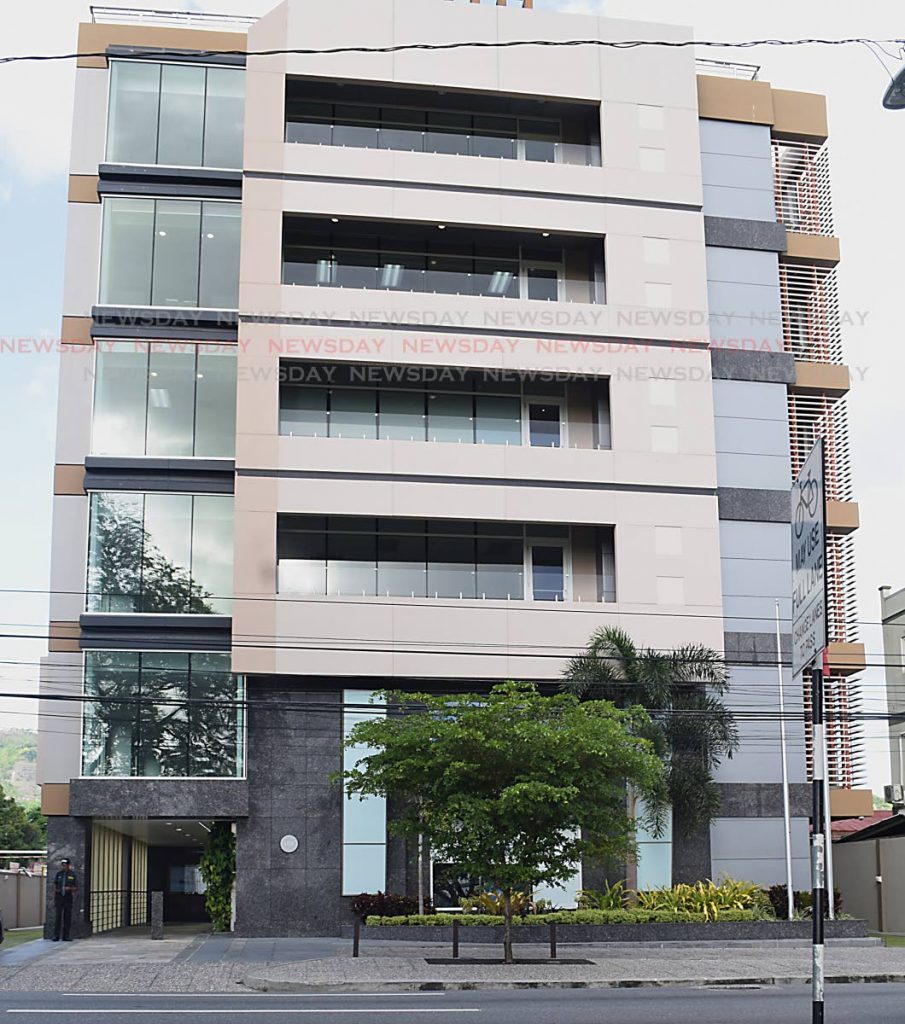Going green is easy

It’s actually quite easy being green. In fact, president of the TT Green Building Council Devanand Ragbir reveals many people already employ green building techniques and don’t even realise it.
“Consumers in TT are purchasing green material and don’t even know it,” he told Newsday. Ragbir, who was a consultant during the construction of the first certified green building in TT, Savannah East (located at 11 Queen’s Park East, Port of Spain), recalled discussions about the perceived increase in cost that would come from using plywood made from sustainable forests, or energy and water efficient lighting and plumbing fixtures because they would have to import them. “Then I walked into a popular hardware and they were already selling certified sustainable wood and doors, for the same price as the regular material.”

The TT market is inevitably influenced and driven by international building trends, especially North America. So, products already on the shelves – from faucets to LED light bulbs and even new air conditioning models – comply with most international standards for energy and water efficiency – and are reasonably priced. In some cases, they’re cheaper than traditional systems, and in the long term, can save costs.
“A lot of people already have water and lighting fixtures are already energy efficient and (in the planning stages) they are just thinking that buying efficient products would be expensive and its really not. A lot of people are close to achieving energy efficient buildings but they don’t even know that. Green building is already here in TT.”
What is a green building?
A green building, Ragbir said, is one that is constructed, operated and even disposed of in such a way that it has minimal impact on the environment and people in the space. “We look at, for example, carbon footprint, pollution, indoor air quality, recycling and location. A green building isn’t necessarily in the middle of nature. It’s actually the opposite because you don’t want to construct something that could disrupt a habitat.” The US Green Building Association, which runs the leadership in environmental and energy design (LEED) certification standards – the most popular in the world – recommends building in areas that already have basic infrastructure like electricity and water connections, sewers, roads and even proximity to public transportation and amenities to help cut down on users’ carbon footprint.
“The first thing you have to do is select a site. It’s very important to try to be far from rivers. In TT, we are notorious for silt and sand washing into our waterways during construction, which in turn can lead to floods. Energy efficiency is the other big category – insulation, heat gain, especially for Trinidad where the issue is predominantly cooling, LED lighting, and mechanical controls including thermostats for air conditioning systems. The ultimate goal is selecting equipment and maintaining it properly.”

Lighting and air conditioning are the two energy giants in a building, accounting for 15 per cent and 70 per cent of energy use, respectively. And controlling these systems doesn’t have to cost a lot.
Just by using a thermostat, for example, buildings can easily save up to 20 per cent of energy costs a year. Prices for a good thermostat rage from $700 to $1,500, but by setting it to control temperatures and also times can save thousands in electricity costs. It’s the same with lighting sensors that can tell when someone is in a room, or not, and automatically turn lights on, or off, or adjust to the amount of natural lighting in the room. These are cheap – about $150 – but that cost becomes negligible when energy savings are put into context.
Maintaining equipment regularly using qualified personnel is another easy way to save money.
Sometimes people don’t even factor in the cost of running a building, Ragbir said. They may try to use operators who are not familiar with the equipment and so use it improperly, or else they try to pushback maintenance schedules to twice the recommended time frame, but then end up halving the life of the equipment.
“When people say there are no green buildings, there are two certified greed buildings in TT (Savannah East and its next-door neighbour, the new NIB campus) but a lot of buildings already use green strategies. To be fully green in LEED you have to look at location, water, energy efficiency, recycling, and so on, in order to get the certification but I mean, I give kudos to anyone who utilises any strategy to get this off.”
Code Green
State enterprises are catching up, says Ragbir. The Urban Development Corporation (Udecott) and UTT have been receptive to the council’s advocacy, with technical officers frequently attending seminars. The Housing Development Corporation (HDC) hasn’t been as active, so that’s something Ragbir would want to encourage.
“I’ve seen now that even in tenders from Udecott, for example, when tenders go out they request LEED standards for green construction and a lot of these enterprises hire professional consultants. That’s why we target the professional consultants first. Top mechanical and electrical consultants already design green because they follow international codes, which are effectively green codes now.”
The Caribbean also now has its own energy efficiency building code. It’s the first regional building code for green and sustainable building. The code, called the Caribbean Energy Efficiency Code, was a Caricom-led initiative involving all the countries in the body. It has been approved and sanctioned by the International Code Council (ICC), which oversees the majority of international standards. Ragbir chaired the Trinidad delegation.
“That is the bible really for building green in the Caribbean. It is an amended ICC code made specifically for conditions in the Caribbean, including the Jamaican Blue Mountains that can get colder than the rest of the region. The code effectively tells you what lighting and energy performance you can get from selected material, insulation values and energy efficiencies for commercial and residential applications.” And even though it advocates for energy efficiency, as opposed to a building code, which would focus on structural integrity, the code does not compromise the other. “People might think if you follow one code you sacrifice the other. That’s not true. They are meant to work in harmony.”
The code was only launched about two months ago and is available online for purchase. Right now it’s voluntary but Caricom is trying to get all members to adopt it into respective legislations.
Despite its optional status, the code is very important for small island developing states (SIDS), like much of the Caribbean, who want to access international funding for climate resilience and hurricane proofing and need to prove they have standards that can apply to international criteria.
No rush on renewables
While renewables might seem like an easy way to go green, Ragbir notes the expense isn’t necessarily worth it. “We promote energy efficiency because if you attach solar panels but are running inefficient appliances then what’s the point?”
Electricity costs in TT are also very cheap, between 24 cents and 40 cents per kilowatt/hour, and an investment in renewables can take up to a decade before the savings can be realised. The equipment is also expensive. “People think it’s free energy, but yes the sun is free, but solar panels and batteries are expensive and the batteries especially need to be replaced about every six years.” And since electricity is so cheap, even hooking up to the national grid isn’t profitable because whatever TTEC pays you for your excess capacity will be less than what it cost to generate that energy in the first place.
“Unless you want to make a statement, I won’t recommend renewables at this time. Trust me, if it was worth it I would have done it a long time ago.” He is, however, in favour of the government’s initiatives to create small scale renewable electricity generation plants.
For residential applications, Ragbir instead suggests going after low hanging fruits light lighting and air conditioning. “Use air conditioning wisely with thermostats and look at cooling — sometimes you cool spaces you don’t need to cool. Central air, for example, means you’re cooling rooms you’re not even in all day. Use small mini split units in each space instead. You’ll automatically cut costs and save energy.” A lot of people also use oversized equipment. “Your room won’t necessarily get colder because its regulated by a thermostat but you’ll use more energy.”
And maintain your units because a dirty unit runs inefficiently. Ragbir recommends just a quick regular spray with a hose to keep your air conditioning unit running well.
The long game
Ragbir is a mechanical engineer and design consultant specialising in electrical, air conditioning systems and plumbing. Nearly a decade ago, after he attained his LEED certification, he skimmed the US Green Building Association’s website for other – if any – LEED certified Trinis. He found four. He called them up, and over a lunch meeting, the TT Green Building Council was born. The association has about 75 members currently and is funded through membership fees and sponsorship, primarily from foreign embassies, for educational seminars. The entire executive works voluntarily “because we’re just so passionate about this. We love it!”
Ragbir admits that in the early days the council got some pushback from people who thought they had no longevity, but eventually people started to get on the trend and the council started to get buy-in, especially from seasoned professionals, many of whom owned some of the top consultancy firms in TT, who ended up sending their staff to seminars too.
The council also teaches LEED classes for accreditation, and Ragbir estimates that out of the 50 people with certification, 60 per cent did it through the council. Interested people can take the class at the council, and then sit the written exam, offered twice a year, or the electronic version, both of which, through the council’s advocacy, are available in TT. They also lobby the Green Fund and help people trying to access funding with pitches.
“It’s all about sustainable development with minimal impact. That’s what green building is. You can’t stop it. Development is necessary for economies to prosper. That is why we offer ourselves to be part of the discussion.”


Comments
"Going green is easy"